Through a Lens, Darkly
Artist: Cecile Decorniquet
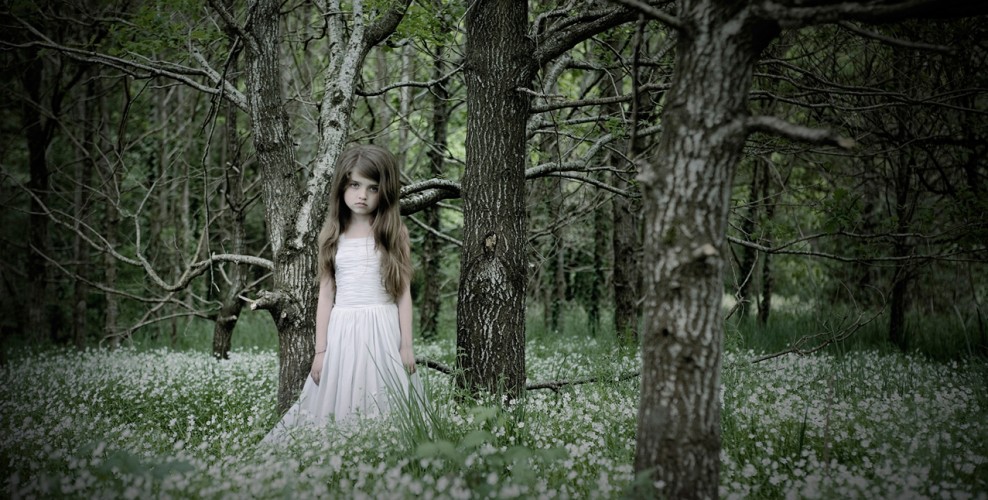
Artist: Cecile Decorniquet
Cecile Decorniquet’s supremely art directed, couture oriented kids-portraits stylishly dismiss popular clichés regarding childhood.
The images offer a darker but more honest version of our past experiences, one that incorporates the gravity that existed alongside the levity, the phantasmagoric that lurked beneath the fantastical. They render youth as something more complex; validated by our truest memories while repudiated in popular media’s glossy portrayals.
Ultimately, however, it is something that emanates from deep within Decorniquet’s subjects; an uncanny sideways glance from the soul – that is consistently captured and which imparts the most dynamic understanding of childhood and of ourselves.
For, where better a place than in the inherently candid gaze of a child should we begin to address questions of image and identity?
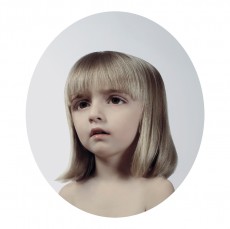 Why do you photograph children?
Why do you photograph children?
Photographing children comes naturally. What interests me is letting go of the image that we project onto others. This is the type of abandonment that I search for in my models – something inherent in children. They’re less conscious of image, so, less inclined to control theirs. The globally held image of children is controlled and stereotyped: happy, playful, innocent. My memories do not correspond with this. If this is one reality, childhood isn’t limited to it. Children are also not just as-of-yet undeveloped adults, they’re much more complete than the limitations we ascribe them. I hope to portray this through my work.
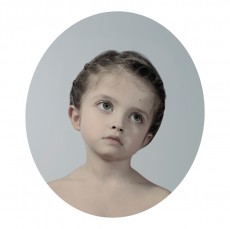 How do you choose your subjects, what do you look for in a face?
How do you choose your subjects, what do you look for in a face?
Self-abandonment. I’m not looking for particular physical or beauty traits. For this reason, I only work with children whom I know and have observed, in whom I’ve found what I hope to convey through my images.
Describe yourself as a child. Were you anything like the children as portrayed in your photographs?
Yes, there’s something of my childhood in my portraits, they also reflect who I am now. If I tell you I was girly and loved to spend time with my seamstress grandmothers that still wouldn’t describe me. I was carefree, but there was also certain gravity – this surfaces through my work.
Why is being spooked (subtly in your case), as well as enchanted by children so compelling in art and fiction?
Childhood is a time in life full of mystery and the unknown; of belief systems informed by fairy tales, magic, and fear. In between reality and fiction. It’s a very interesting world to explore through art.
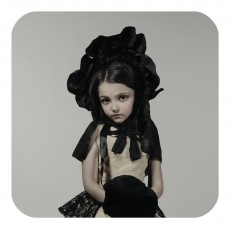 Who are some of your influences and why?
Who are some of your influences and why?
Because I’m interested in works that transcend time, my influences derive more from painting. Photography is a medium that strives to imprint a form of reality. The fantastic, the phantasmagoria, has to be added – so, I do like the works of Peter Witkin, and Juan Saudek.
In regard to painters, my tastes range from Jerome Bosch to Dutch Medieval painters, to American pop-surrealists like Mark Ryden and Marion Peck.
Who are some of your couture influences; clearly a family of seamstresses had an impact?
My grandmothers – who were dressmakers and seamstresses and with whom I spent much time as a child. One in particular worked for a luxury children’s Maison de Couture designing dresses for girls. I spent infinite time watching her making samples, cutting fabric, making collars and embroidery. This certainly influenced my work and gave me my taste for fabrics, accessories, and fine and vintage garments.
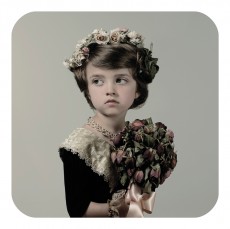 Where do you source the garments and accessories? Have you been compelled to design for your shoots?
Where do you source the garments and accessories? Have you been compelled to design for your shoots?
It’s a very important part of my work. At first, to find the right child, then to build an image around them according to what they represent to me and to the direction of the series.
In regard to the clothing, I shop vintage boutiques or repurpose dresses from my childhood, perhaps made by one of my grandmothers. I’ve even asked one grandmother to make a collar or sleeve. A specific friend of mine sources accessories – she’s gifted at this – and works on make-up and hair for certain series, particularly, Ladies and Frères et Soeurs.
Do evolving cultural identities/roles of children interest you?
Of course! There are very positive examples; the acquired rights of children, the fact that they’ve claimed more cultural space, acquired more importance in society.
On the other hand, we use them more and more in marketing to push consumerism. They grow up too fast, lacking experience. I find this aspect unsettling.
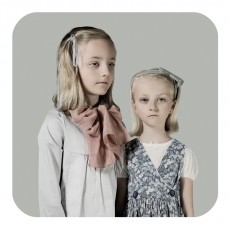 While dissonant today, your aesthetic is almost at home historically, though something remains otherworldly/skewed. What is the role of parallel reality in your work?
While dissonant today, your aesthetic is almost at home historically, though something remains otherworldly/skewed. What is the role of parallel reality in your work?
These are very present concepts within my work, and hold great importance. I am constantly telling stories, but reinterpreting them ; fantasizing versions of reality – as children do – but also through a quite feminine perspective. In these realities there exists always the strange, the bizarre, the fantastic, the poetic and the disturbing – all mingled with innocence.
The objectivity missing from fashion’s use of pubescent girls struck me in an ironic way, as I viewed your conversely insightful fetishized children. Does your work mean to address such issues?
My work is focused on the children. It’s personal. It’s a different perspective on childhood, not a criticism about anything. I’m trying to convey my view, to me more realistic than other views held by the media or amongst adults.
There is no seduction in my images (ironic or otherwise). On the contrary, I’m oblivious to such a thing. The maturity displayed by my subjects comes from an entirely different level.
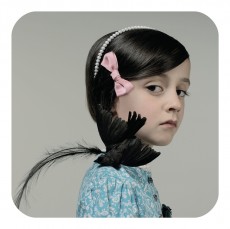 In what era would you most prefer to be living if you were a child again? Why?
In what era would you most prefer to be living if you were a child again? Why?
I would not like to be a child again nor go back in time. I am not a nostalgic person, though there’s nostalgia in my work. That nostalgia refers to art and history in general. I explore that, but I also explore the present through my photography.
Working with children as subjects, what do they teach us about the process of creativity and art?
Every child is different and has something unique to bring. Children are really not that different from adults. On the other hand, they are freer – without self-imposed limits. Their spontaneity has much to teach us.
-Larissa Zaharuk
To view more of Decorniquet’s work: http://ceciledecorniquet.com/